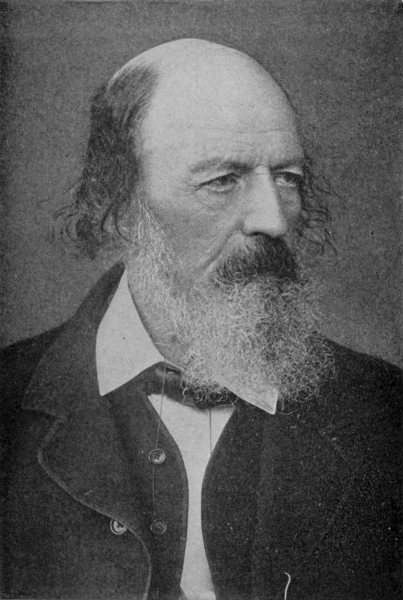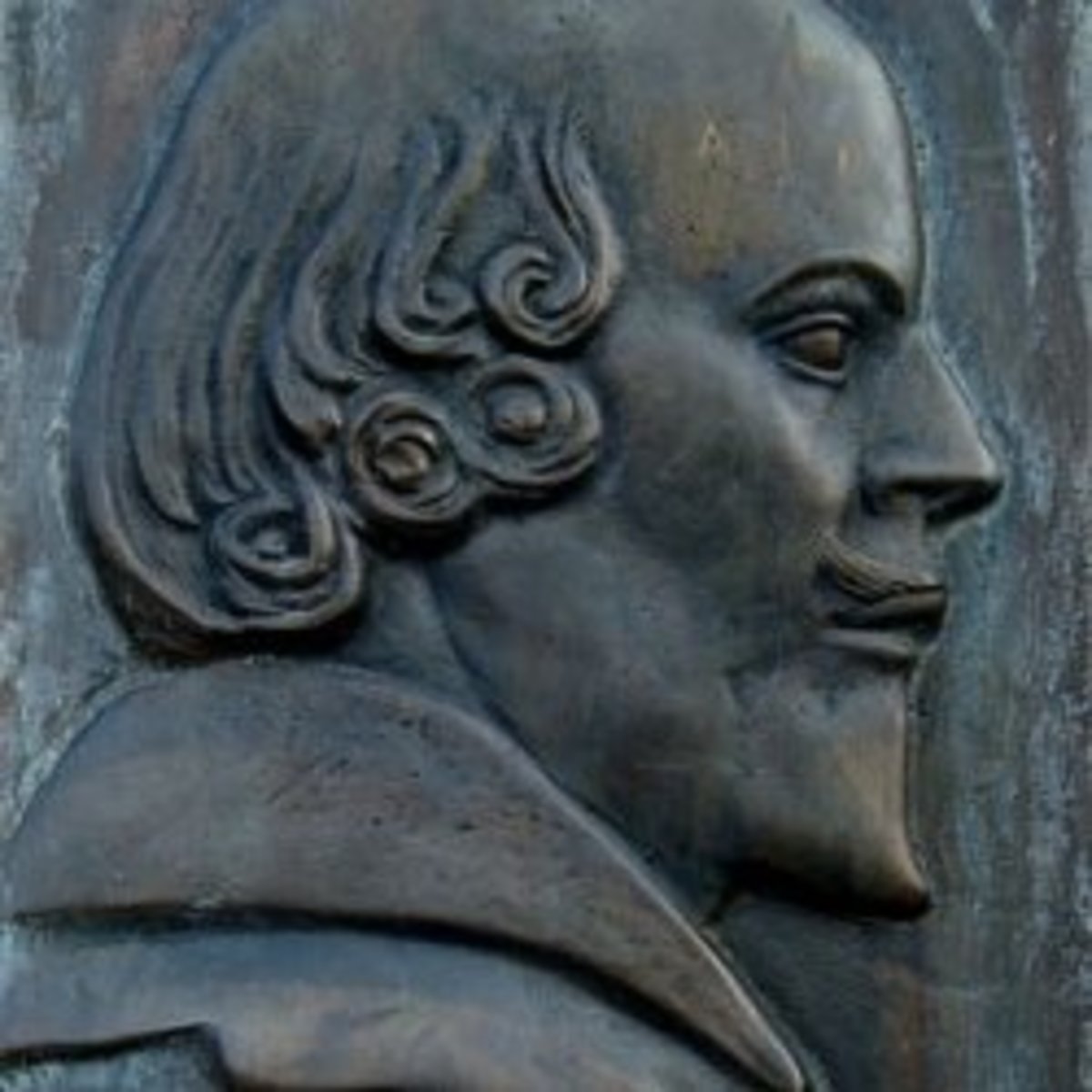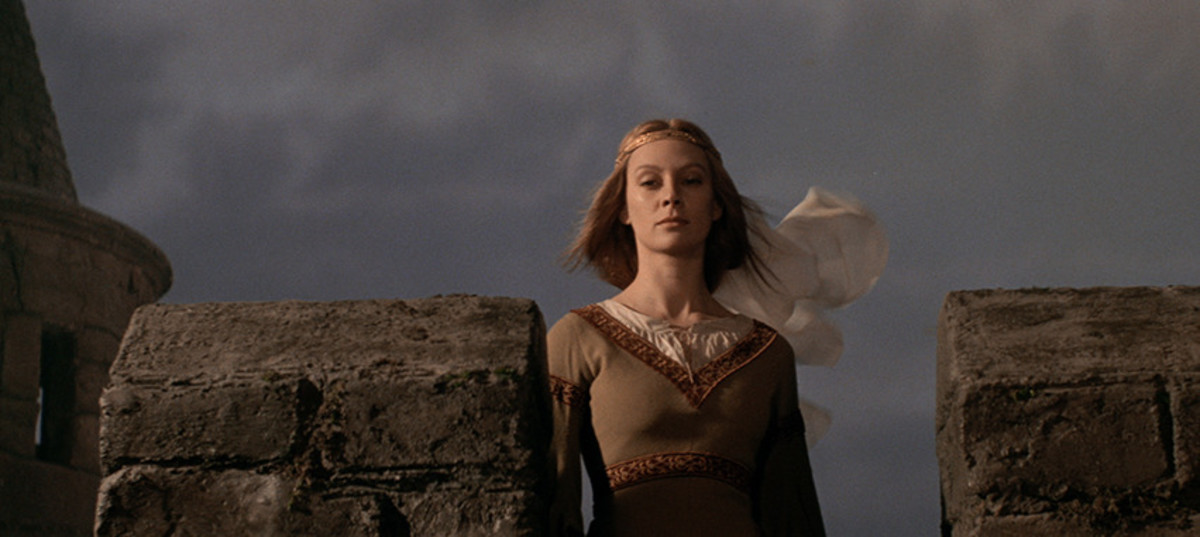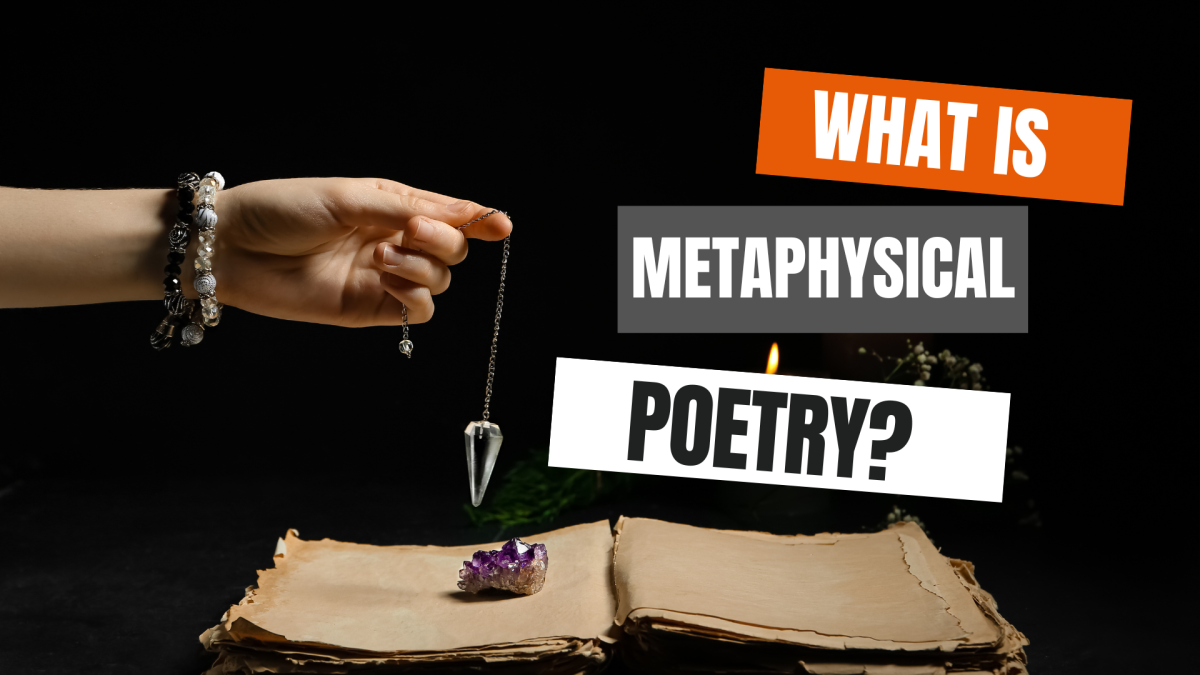Bronte, Tennyson, and Browning and the Impersonative Mode
Charlotte Bronte, Alfred Tennyson, and Robert Browning all made use of the impersonative mode in order to explore Victorian ideals and principles both in prose and poetry. In doing so, they each took on the role of another, creating a character through whom they were able to explore the world around them. In the case of Bronte, it was done with a first person point of view, but most poetry by Tennyson and Browning is in third person. Regardless of which point of view the author used, the speaker within the work is not the author, but a construct the author has offered up. The construct experiences things that the author may or may not have personally experienced and offers its own thoughts and opinions on these matters. By using the impersonative mode, the authors are able to search for meaning and understanding of the issues of the time in which they lived, the Victorian era.
"The central cultural symbol of the Victorian period is not the soaring of the Romantic or the Angst of the modern. It is, rather, one of engagement…" (Timko 609). This engagement can be broken down into three distinct areas. The first is the Zeitgeist of the time. The Zeitgeist of the Victorian era was that of an awareness of the changes that were occurring. Instead of passively experiencing change and only becoming cognizant of change after it happened, those living in the Victorian era were largely involved in the changes that took place around and within them. The second involved the epistemological concerns of the time. Victorians questioned not how man was related to God and nature, but if man would ever truly know anything, including the existence of God or where man belonged in the scheme of things (Timko 612). Victorians were concerned with truly knowing man. Since they no longer had the certainty of God, they needed to search for the existence of social morality. The third was the advent of Darwinism. After having their belief in God shaken, Victorians then had to find a way to come to terms with the idea that man had evolved from beasts. In the view of many Victorians, this further pushed man away from God, and therefore man had to "define and assert his humanness in the face of his demonstrated participation in the bestial nature" (Timko 615). This is apparent in the writing of the authors in the use of bestial imagery.
![Portrait of Charlotte Brontë By Painted by Evert A. Duyckinick, based on a drawing by George Richmond [Public domain], via Wikimedia Commons Portrait of Charlotte Brontë By Painted by Evert A. Duyckinick, based on a drawing by George Richmond [Public domain], via Wikimedia Commons](https://usercontent2.hubstatic.com/6980683.jpg)
Charlotte Bronte
Charlotte Bronte's awareness of the changes around her can be seen within the plot of Jane Eyre. Jane is a catalyst for change – she is an intelligent, well-educated (for the time), and moral protagonist. She also happens to be a governess, a position that was frowned upon to some extent. Throughout the novel, Jane is very much aware of the changes that she is causing. First, she pushes the lines of class by falling in love with, and being fallen in love with, by Mr. Rochester. Then she has the strength of character to refuse Mr. Rochester's advances and hold herself to a higher standard. She leaves when it becomes clear that he is already married. Finally, she refuses to wed St. John and goes to find Mr. Rochester once more, thus creating her own destiny on her own terms. All of the things Jane did were against the grain and against the acceptable view of women. She forced change through her actions.
Bronte's questioning of God can be seen in the treatment of the characters, especially Jane herself. In the beginning, when her cousin John abuses her and she is injured, she is told by Miss Abbot, "Say your prayers, Miss Eyre, when you are by yourself; for if you don't repent, something bad might be permitted to come down the chimney and fetch you away." The invoking of God as a punishment to a child who has been attacked shows both a lack of understanding of the situation on the part of the adult and a willingness to bend God to the purpose of man. From that point on, God seems to have an interesting role in the scheme of things. The most pious and Jesus-like child at the school, Helen Burns, is constantly being punished and finally dies of tuberculosis. Later on in the novel, however, John is punished by failing in life and committing suicide. Mr. Rochester also appears to be punished when his sight is taken from him in a fire at his home. However, St. John, as a man of God, shows Jane mercy when she first appears at the house – "You have done your duty in excluding, now let me do mine in admitting her…Young woman, rise, and pass before me into the house." (Bronte 320). Later, though, he attempts to force her life to turn in a direction by forcing her into a marriage with him to serve both him and God. Jane is forced to turn him away – "Alas! If I join St. John, I abandon half myself; if I go to Indian, I go to premature death" (Bronte 386). God's appearances in the novel are confusing and uncertain. Whether or not God is part of anyone's life in Jane's experience is questionable.
Bronte's Bertha Mason, while also a probable figure in the treatment of women who failed to conform to social norms, also fits well in her place as an imagining of the joining of man and beast. In the first introduction to Bertha (when the reader knows it is Bertha), she is described as "a figure…what is was, whether beast or human being, one cold not, at first sight tell: it groveled, seemingly, on all fours; it snatched and growled like some strange wild animal" (Bronte 278). When Bertha is described, it is often with animal terms: "dark, grizzled hair, wild as a mane" (278), "wolfish cries" (293), and "a wild beast's den" (294)." It is obvious that Bertha is considered to be the half-woman, half-animal creature, trapped between human and beast, part of an evolutionary process, only going in reverse.

Alfred Tennyson
Alfred Tennyson's "The Lady of Shalott" is a character appropriated in order to show change. The Lady is unable to see the way the world really looks – she can only experience things through a mirror, "shadows of the world appear" (400). This can easily be a reference to Plato and the cave as Plato's prisoners were only able to see shadows of what really was. Like some of the prisoners, the Lady wants to know what really exists in the world around her. Like the Lady, the Victorians were searching for the truth. The Lady finally sees the truth, and it kills her because of the curse. This reflects a natural fear of change. It can also be seen as reflecting the fear of what happens to people when they step out of their place. The Lady is held in the tower by a curse, similar to how people are held in their positions by social class or rank. When the Lady dares to break from it, she is punished.
While "Mariana" is ostensibly written about Shakespeares's character from "Measure for Measure," Tennyson's method of writing (and the lack of any specificity of who "he" is) can put the poem in a different light. Mariana waits for someone she never sees – keeping the Victorian epistemological concerns in mind, it is easy to replace this person with God. Mariana would then be keeping a vigil to find proof of God in her life. She spends her time paying attention to nature – she "could not look on the sweet heaven" (396) but she does pay attention to the bats, crows, roosters, oxen, and the flora that surrounds her in her "lonely moated grange." She is kept away from God through nature (the moat), and yet she looks in nature for God. In one of the final lines, Mariana tells the reader that she loathes the hour when the day slopes "toward his western bower" (398). Whose bower could have multiple answers, one of which is God, assuming that the western bower is not merely a room in the house, but a part of the world. By using the character of Mariana, Tennyson was able to use a pre-existing character to give meaning to the search for God.
![Robert Browning, (1865) / print ca. 1893 By Julia Margaret Cameron [Public domain], via Wikimedia Commons Robert Browning, (1865) / print ca. 1893 By Julia Margaret Cameron [Public domain], via Wikimedia Commons](https://usercontent1.hubstatic.com/6981508.jpg)
Robert Browning
Robert Browning addresses change in many ways, however in "My Last Duchess," he addresses a very personal type of change. The Duke of Ferrara is negotiating for a new bride, having apparently killed his last duchess due to her unwillingness to bend only to him. This shows an understanding of the way of the past, but the rigorous social classes were beginning to bend. The Duke is not shown in a positive light, thus perpetuating the idea that maybe he is not even worthy to be a Duke – an idea that would not have been acceptable to a large group even fifty or one hundred years before the poem was written. By seeing the way that the Duke is able to order change – "I gave commands;/Then all smiles stopped together" (503) – shows him to understand his ability to make changes, but not the true import of those changes. He does not weep for his now seventeen-year-old bride; he is only punishing her for not respecting his 900-year-old name. Will the name survive much longer? Change may not allow it to be so.
An obvious choice to see the questioning of God, and those who follow him, appears in Browning's "The Bishop Order His Tomb at Saint Praxed's Church." The poem begins by invoking the words of the Bible – "All is vanity." Indeed, the Bishop ordering his tomb is concerned only with vanity. Now that he is on his deathbed, he is more than willing to acknowledge as sons those he once called nephews, and he expects them to do at least the same. The Bishop is angry at Gandolf, who pre-deceased him, because Gandolf "cozened" him, snatching "from out the corner South," thereby getting the better spot for the tomb. The Bishop is able to console himself, however, because Gandolf was jealous of the Bishop's mistress. Throughout the poem, the Bishop thinks only of what he will reap after his death – he is not concerned with how God will treat him for his sins; he worries more about the type of stone his sons will use for him – "Nay, boys, ye love me – all of jasper, then!" (505). The readers do not get any sense of a God in the poem, only of a corrupt system.
Browning makes associations between humanity and nature by anthropomorphizing nature in "By the Fire-side." His "lichens mock/The marks n a moth, and small ferns fit/Their teeth to the polished block" (521). Further, the "creeper's leaf" is compared to a "splash of blood" (521) and mushrooms have "rose-flesh" (522). The willingness of Browning to attach man to his counterparts in nature show an understanding of the relationship between the two.
Conclusion
The Victorian Era was different from previous eras. Instead of reflecting on change after it happened, the Victorians instead felt the change as it occurred and spent time and effort to experience it. Charlotte Bronte, Alfred Tennyson, and Robert Browning were three successful authors of the era that shared this experience with others using the impersonative mode in prose and poetry.
Works Cited
Bronte, Charlotte. Jane Eyre. Toronto: Bantam Books, 1981.
Cope, Jackson I. "An Early Analysis of 'The Victorian Age' in Literature." Modern Language Notes 71. 1.Jan 1956 14-17. 20 Mar 2007 <http://links.jstor.org/sici?sici=0149-6611%28195601%2971%3A1%3C14%3AAEAO%22V%3E2.0.CO%3B2-U>.
Timko, Michael. "The Victorianism of Victorian Literature." New Literary History. 6. 3. Spring 1975. 20 Mar 2007. <http://links.jstor.org/sici?sici=0028-6087%28197521%296%3A3%3C607%3ATVOVL%E2.0.CO%3B2-O>
Trilling, Lionel and Bloom, Harold, comp and ed. Victorian Prose and Poetry. New York: Oxford University Press, 1973.




